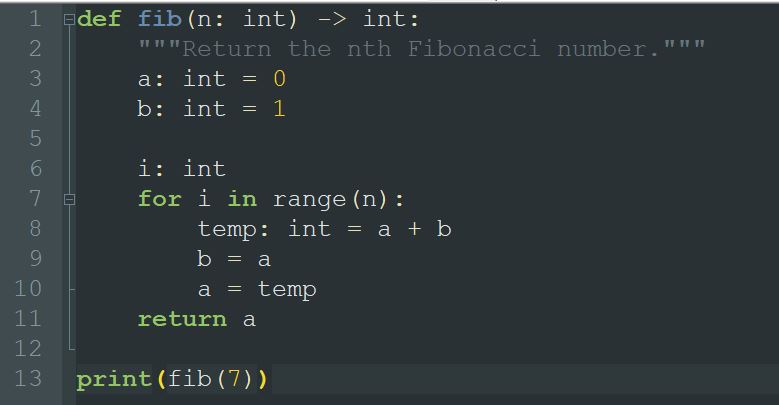

ArrayLike = typing.Union #Ī Union representing objects that can be coerced While this mutual exclusivity is not (strictly) enforced during runtime,Ĭombining both dtype specifiers can lead to unexpected or even downrightīuggy behavior. if dtype is specified than one may not specify formats. A type, introduced in PEP 593 ( Flexible function and variable annotations ), to decorate existing types with context-specific metadata (possibly multiple. These two approaches are currently typed as being mutually exclusive, With up to five helper arguments that operate via numpy.format_parser:įormats, names, titles, aligned and byteorder. For a detailed guide on type hints, function annotations, and other related syntax.


The dtype of numpy.recarray, and the numpy.rec functions in general, Python supports static type analysis using the type syntax of PEP 484. Situation with either typing.cast or a # type: ignore comment. If it is known in advance that an operation _will_ perform aĠD-array -> scalar cast, then one can consider manually remedying the While thus not strictlyĬorrect, all operations are that can potentially perform a 0D-array -> scalarĬast are currently annotated as exclusively returning an ndarray. Necessary distinction between 0D and >0D arrays. Typing (see PEP 646) it is unfortunately not possible to make the
Python type annotations how to#
First part will give you some overview of the type annotation basics and second part will show you how to leverage them to speed up your. In this post well take closer look at the Python type annotations and some immediate benefits that come with using them. Signedinteger, the former only inheriting from genericĭuring runtime numpy aggressively casts any passed 0D arrays into theirĬorresponding generic instance. Python type annotations Python is dynamically typed Let’s start with the obvious. The timedelta64 class is not considered a subclass of Runtime, they’re not necessarily considered as sub-classes. Ĭonsequently, the likes of float16, float32 andįloat64 are still sub-types of floating, but, contrary to NBitBase ) > def func ( a : "np.floating", b : "np.floating" ) -> "np.floating". from typing import TypeVar > import numpy as np > import numpy.typing as npt > T = TypeVar ( "T", bound = npt.


 0 kommentar(er)
0 kommentar(er)
